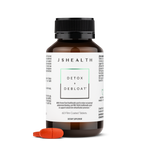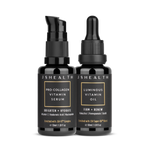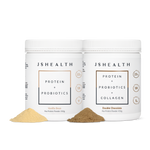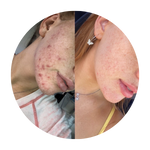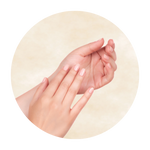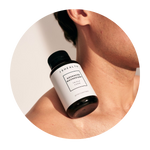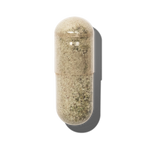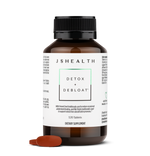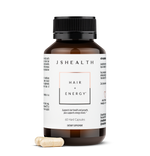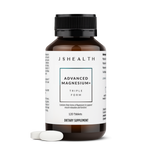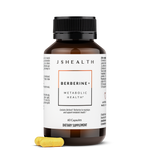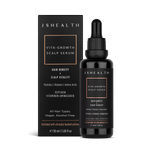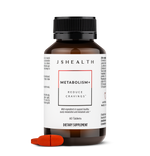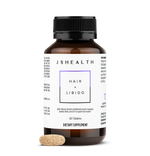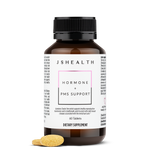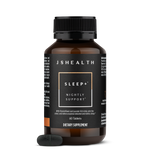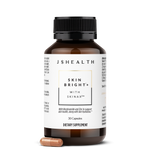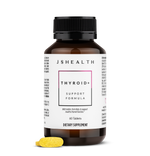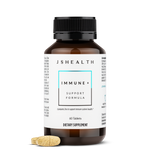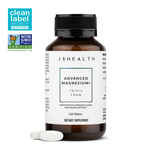25% OFF SUBSCRIPTIONS!*
What does the vagina’s microbiome actually do?
Okay, we all know that the vagina is truly incredible… It is literally the doorway for new humans to enter this world! Now what you may not know is that your vagina has its own unique microbiome. So what exactly is it and what does it do?
Recently, increasing emphasis has been placed on female health, particularly in relation to the vaginal microbiome and how important this is. In fact, the vagina is home to a huge micro ecosystem with billions of microbes. Let’s take a closer look...
What is the function of the vaginal microbiome?
The vaginal microbiome is a complex and intricate micro ecosystem that is continually fluctuating during the menstrual cycle and an individual's entire life. A healthy vaginal microbiome contains the Lactobacillus strain of bacteria which produces various antimicrobial agents to fight infection. An optimal vaginal microbiome is characterised by low bacterial diversity and a high amount of the bacterial strain Lactobacillus spp.
What impacts it or causes changes to the vaginal microbiome?
Disruptions in the healthy makeup of the Lactobacillus species can lead to bacterial vaginosis. Vaginal bacteria are lost and anaerobic bacteria (bacteria that can survive in the absence of oxygen, which can commonly cause infection) are increased. The composition of the vaginal microbiome differs between individual characteristics, the environment and modifiable and nonmodifiable factors.
Sex hormones
The hormone estrogen can play a role in stimulating growth of the Lactobacillus spp. species by helping glycogen to accumulate in the vaginal microbiome. High levels of estrogen can contribute to increased Lactobacillus spp.
Sexual behaviour
Various sexual behaviours such as inconsistent use of condoms, new or increased numbers of sexual partners as well as the shared use of sex toys between women have been shown to increase the risk of bacterial vaginosis.
Vaginal practices
Vaginal douching has been associated with bacterial vaginosis and research suggests that those who douche are at increased risk of bacterial vaginosis.
Smoking:
Smoking has been strongly connected to the increased prevalence of bacterial vaginosis in many studies. Several compounds from cigarette smoking are detectable in the cervical mucus of smokers. Smokers have been shown to have reduced oestradiol (a type of estrogen and a major female sex hormone) levels compared non-smokers, and reduced oestrogen has been associated with non-optimal Lactobacillus-deficient vaginal microbiota. Nicotine may have detrimental effects on immunity and its derivatives have been detected in the vaginal microbiome.
Looking for support?
You may like to try our Vaginal Probiotic+ designed to support vaginal flora and vaginal health, as well as urinary tract health, gastrointestinal health and general wellbeing in females.
References:
Chen X, Lu Y, Chen T and Li R (2021) The Female Vaginal Microbiome in Health and Bacterial Vaginosis. Front. Cell. Infect. Microbiol.11:631972.
van de Wijgert JH, Borgdorff H, Verhelst R, Crucitti T, Francis S, Verstraelen H, Jespers V. The vaginal microbiota: what have we learned after a decade of molecular characterization? PLoS One. 2014 Aug 22;9(8):e105998.
Brotman RM, He X, Gajer P, Fadrosh D, Sharma E, Mongodin EF, Ravel J, Glover ED, Rath JM. Association between cigarette smoking and the vaginal microbiota: a pilot study. BMC Infect Dis. 2014 Aug 28;14:471.
Plummer EL, Vodstrcil LA, Fairley CK, et al. Sexual practices have a significant impact on the vaginal microbiota of women who have sex with women. Sci Rep. 2019;9(1):19749. Published 2019 Dec 24. doi:10.1038/s41598-019-55929-7
